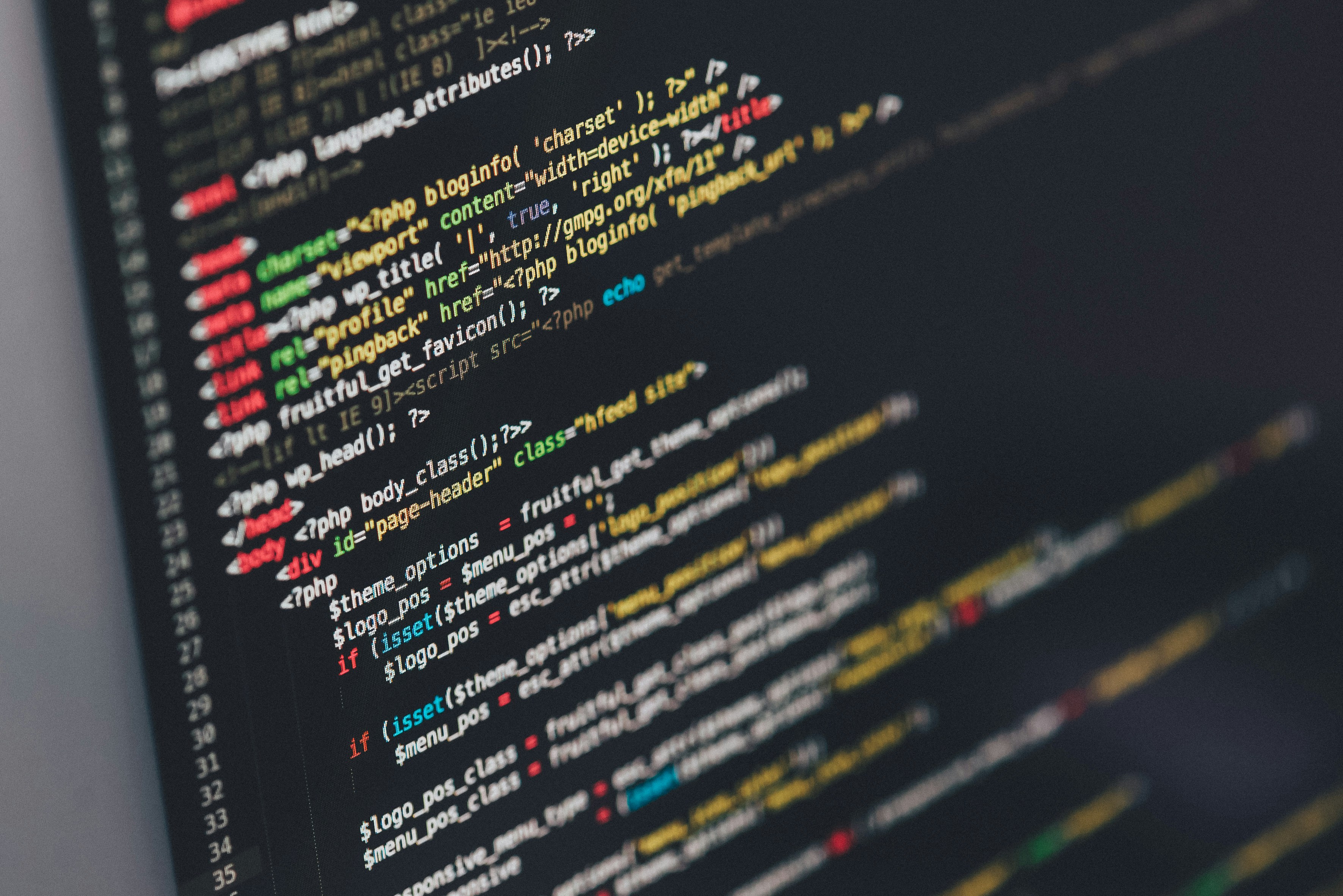
The role of Information Technology (IT) in education is not just influential; it’s transformative. From enhancing learning experiences to making education more accessible, IT has become a cornerstone in advancing educational goals. This article explores the multifaceted contributions of IT to education, highlighting how it catalyzes the achievement of educational objectives in innovative and efficient ways.
The Digital Classroom: Beyond Four Walls
The concept of the classroom has evolved dramatically with the advent of IT. No longer confined to physical spaces, digital classrooms offer students the flexibility to learn at their own pace and time. This transition not only supports diverse learning styles but also fosters an environment where resources are plentiful and limitations are few.
Collaborative Learning: Breaking Geographic Barriers
IT has shattered the geographical barriers that once hindered collaboration. Through tools like video conferencing and real-time document editing, students from opposite ends of the globe can now work together as if they were sitting side by side. This global interaction enriches the learning experience, providing a diverse range of perspectives and fostering a culture of collaboration and inclusivity.
In an age where information technology is both a tool and a challenge in the educational sphere, the importance of reliable IT support cannot be overstated. Effective IT solutions, such as those offered by IT Support New Jersey, ensure that educational institutions can maintain seamless operations, manage digital classrooms efficiently, and address technical issues swiftly, keeping the focus on learning and intellectual exploration.
Data-Driven Decisions: Enhancing Educational Outcomes
The power of data analytics cannot be understated in the realm of education. IT facilitates the collection and analysis of student performance data, enabling educators to make informed decisions that can significantly improve teaching strategies and student outcomes. This data-driven approach to education ensures that interventions are timely and that resources are allocated where they are most needed.
Accessibility: Making Education Inclusive
IT has been a game-changer in making education more accessible to people with disabilities. From screen readers for the visually impaired to speech-to-text software for those with writing difficulties, technology has opened up new avenues for learning that accommodate a wide range of physical and cognitive needs. This inclusivity strengthens the educational landscape, ensuring everyone has the opportunity to learn and grow.
Personalized Learning: Tailored Educational Experiences
One of the most significant impacts of IT in education is the ability to personalize learning. Advanced algorithms and learning management systems enable educators to tailor content, assignments, and feedback to suit individual student needs. This personalization trailblazes a path to more effective education, ensuring learners engage with material that resonates with their unique interests and learning speeds.
E-Learning and MOOCs: Democratizing Education
The rise of e-learning and Massive Open Online Courses (MOOCs) represents one of the most palpable demonstrations of IT’s impact on education. By providing free or low-cost access to high-quality educational resources from prestigious institutions worldwide, these platforms are democratizing education. They enable anyone with an internet connection to pursue learning, thereby leveling the educational playing field.
Expanding EdTech: A New Era of Educational Tools
The proliferation of Educational Technology (EdTech) tools has introduced a myriad of new products designed to enhance education. From interactive whiteboards to mobile learning apps, the arsenal of tools at a teacher’s disposal has never been more robust. These innovations not only make lessons more engaging but also provide unique opportunities for students to experiment and learn in ways that best suit their individual learning styles.
Virtual Reality in Education: A Boundless Learning Environment
Virtual reality (VR) technology presents an immersive learning experience that was once the stuff of science fiction. Through VR, students can undertake virtual field trips to distant lands, dissect complex systems, or simulate historical events, all without leaving their classroom. This not only captures their imagination but also significantly deepens their understanding of subjects by providing a hands-on experience that traditional education methods can’t replicate.
Future Challenges and Opportunities
As we push the boundaries of what’s possible in education with IT, challenges such as the digital divide and privacy concerns come to the fore. Bridging the gap between those with access to these technologies and those without is critical to ensuring that the advancements in educational technology benefit everyone. Furthermore, as we collect and utilize more data, protecting student privacy becomes paramount. Addressing these challenges is essential for the sustainable integration of IT in education, paving the way for an even more innovative and inclusive future.
Conclusion
The intersection of IT and education is a fertile ground for innovation, presenting boundless opportunities to enhance and advance educational goals. As we explore and embrace these technologies, it becomes clear that the future of education is not just about preserving traditional methods but redefining learning for a new era. While challenges remain, the ongoing integration of IT in education promises a brighter future for learners and educators alike, pedaling towards an informed, inclusive, and interconnected world.
